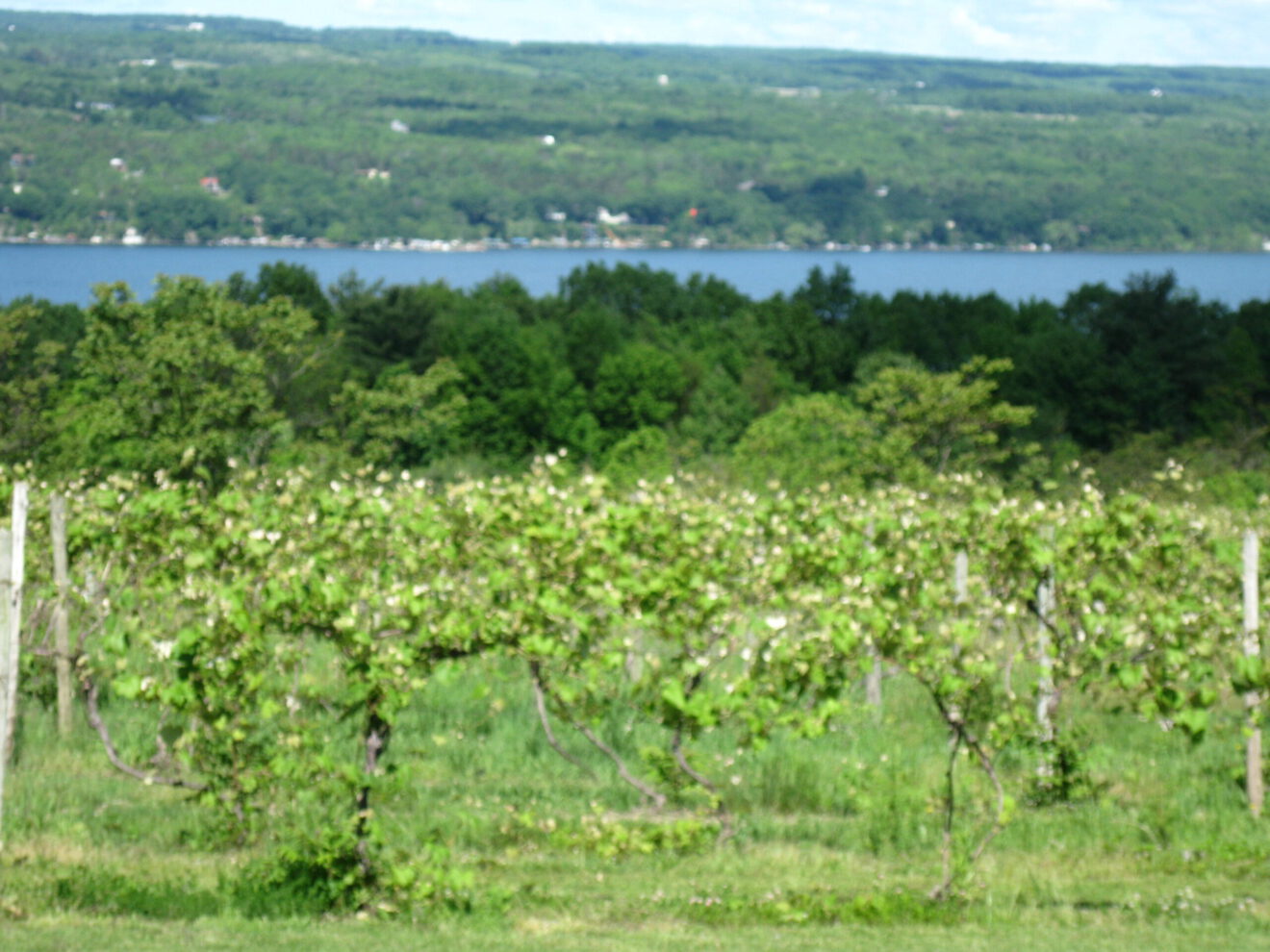New York’s Finger Lakes region may not be as famously associated with wine making as California’s Napa Valley, but the area is home to more than 100 wineries that draw a growing number of wine lovers as well as tourists who visit the region for other attractions and end up spending a day touring and tasting.
Last year, a panel of sommeliers assembled by Thrillist ranked the Finger Lakes first among “America’s Best Wine Regions to Visit,” topping even Napa and Sonoma, Calif., and Oregon’s Willamette Valley.
The area was a grape-growing region even before wineries began springing up. Rev. William Bostwick planted the area’s first vineyard in 1829 in the city of Hammondsport, according to a timeline from the Finger Lakes Wine Alliance. In 1860, Pleasant Valley Wine company became the area’s first bonded wine company and today, the region is home to around 130 wineries that are carving out their own niches even as they collaborate to raise the region’s profile.
At Wagner Vineyards on Seneca Lake, there’s a rich history of grape growing – the current owner’s great-grandfather worked the vineyards in the late 19th century, even before the 1923 purchase of the farm that would become the winemaking enterprise, said digital marketing manager Erin Bailey.
The winery’s founder, Bill Wagner, raised two kids who run the place along with many of their children, Bailey said. Today, the business grows all its own grapes on about 250 acres, producing about 50,000 gallons of wine in 35 varieties annually and selling grapes to other area wineries, Bailey said.
Seneca Lake is the largest of the region’s three wine trails, with more than 35 wineries as well as a distillery and two breweries, including a microbrewery at Wagner Vineyards that just turned 20.
Soil, temperature and wine variety
The region, with its cooler nights and cold winters, is best known for its Rieslings. Finger Lakes wineries turn out about 200,000 cases of the white wine annually under about 200 different brands, according to the Alliance, along with other strong aromatic whites.
But the region also boasts a wide variety of soil types, making it fertile ground for growing many different types of wine grapes, said Chelsea Guererri, marketing and business manager for Heron Hill Winery. Heron Hill has its main winery on Keuka Lake, with tasting rooms on Canandaigua Lake and Seneca Lake.
“There are a lot of different soils on each individual lake,” she said. “That plays a big part in the flavor of the wine.”
Along Seneca Lake there’s an area known as the Banana Belt, where the lake’s depth regulates the temperature and makes it more hospitable to growing grapes that typically thrive in warmer weather, said Bailey. For Wagner Vineyards that makes it a bit easier to grow the red grapes needed for its Cabernet Francs and Merlots, she said.
They come for the races and stay for the wine
The area’s varied attractions include the Watkins Glen International NASCAR track, Farm Sanctuary, the Corning Museum of Glass and the Rockwell Museum. Restaurants are also on the rise in the area, including cafes at some of the wineries which can be an additional draw during tours. Both Heron Hill and Wagner operate seasonal cafes where visitors can stop for a bite during their wine tours.
Even as they seek to make a name for themselves and stand out among the competition, the wineries also collaborate to promote the entire region. Additionally, the wineries come together to buy and sell grapes.
“It’s a definite collaboration and there’s a huge sense of community,” said Heron Hill’s Guererri. “We buy grapes from growers all over the Finger Lakes, we really support all the growers in the area.”
In part that’s out of a need to collaborate and raise the tide that raises all boats, and in part it’s out of a growing need for more supply as demand grows.
“The thing we run into is here’s such a demand and how do we meet the demand. We can buy grapes, and we do, but we’re also figuring out that we need to plant more. We’re investing in a lot of that this year, especially reds,” she said.
__________________________________________________
If you enjoyed this article, join SmartBrief’s email list for more stories about the food and beverage industry. We offer 20 newsletters covering the industry from restaurants to food manufacturing. And be sure to follow us on Twitter for the latest industry news.
